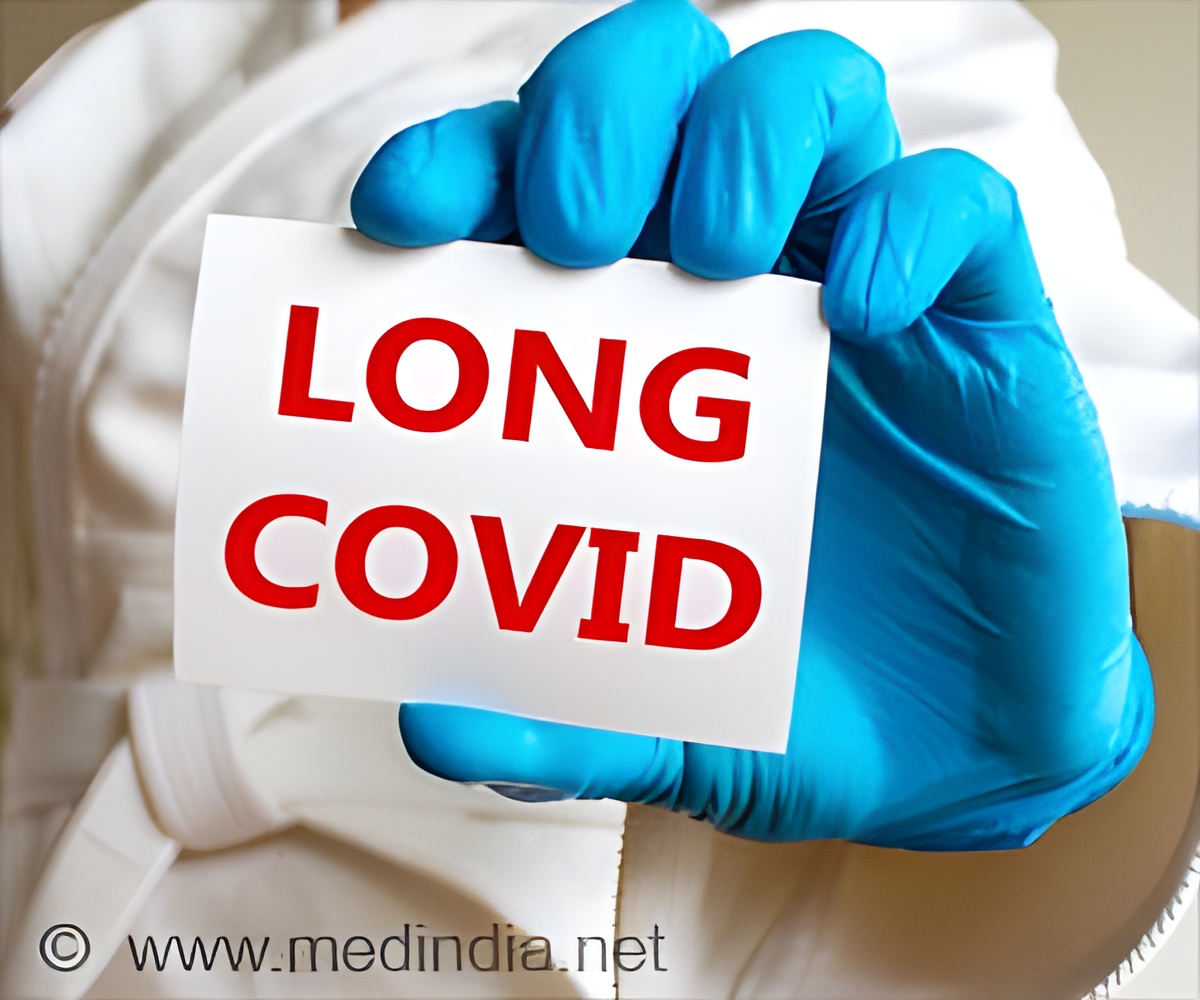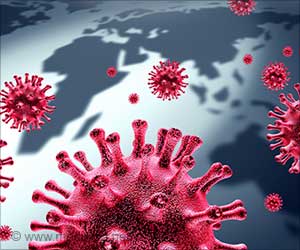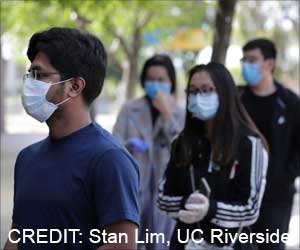Study participants who tested positive for COVID were more prone to experiencing symptoms in all symptom categories.

Prevalence of Symptoms ≤12 Months After Acute Illness, by COVID-19 Testing Status Among Adults — United States, December 2020–March 2023
Go to source). The multicenter study, a collaboration between UC San Francisco, the Centers for Disease Control and Prevention (CDC) and seven other sites, expands knowledge of post-COVID-19 conditions, describing trends in more detail than previous research and highlighting significant impacts the epidemic has had on the U.S. health care system.
‘Long COVID encompasses a variety of symptoms that endure or emerge approximately one month following the initial infection. These symptoms are linked to notable morbidity or a decrease in quality of life. #longcovid #covidsymptoms’





The study appears in Morbidity and Mortality Weekly Report (MMWR), a publication of the CDC.
Persistent and Variable Long COVID Symptoms
For about 16% of the COVID-positive people in the study, symptoms lasted for at least a year; but for others, they came and went. The study assessed symptoms every three months, enabling researchers to differentiate between symptoms that improve and those that emerge months after the initial infection.“It was common for symptoms to resolve then re-emerge months later,” said lead author Juan Carlos Montoy, MD, PhD, associate professor at UCSF’s Department of Emergency Medicine. “A lot of prior research has focused on symptoms at one or two points in time, but we were able to describe symptom trajectory with greater clarity and nuance. It suggests that measurements at a single point in time could underestimate or mischaracterizes the true burden of disease.”
The study involved 1,741 participants – two-thirds of them female – who sought COVID testing at eight major health care systems across the country. Three-quarters tested positive for COVID, but those who tested negative may also have had an infection of some type, since they were experiencing symptoms. These included fatigue, runny nose, headache, sore throat, shortness of breath, chest pain, diarrhea, forgetfulness and difficulty thinking or concentrating.
“We were surprised to see how similar the patterns were between the COVID positive and COVID negative groups,” said Montoy. “It shows that the burden after COVID may be high, but it might also be high for other non-COVID illnesses. We have a lot to learn about post-illness processes for COVID and other conditions.”
Reference:
- Prevalence of Symptoms ≤12 Months After Acute Illness, by COVID-19 Testing Status Among Adults — United States, December 2020–March 2023 - (https://www.cdc.gov/mmwr/volumes/72/wr/mm7232a2.htm?s_cid=mm7232a2_w)













